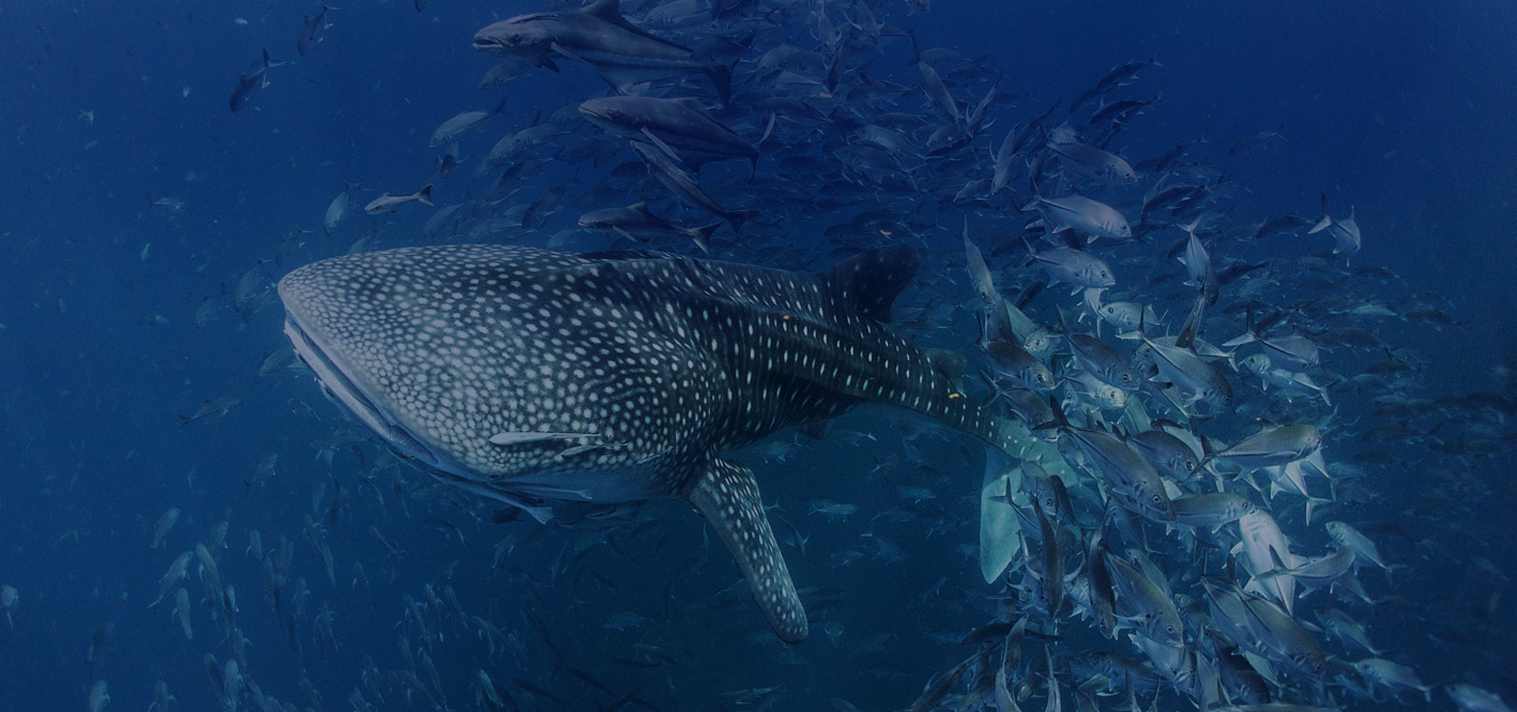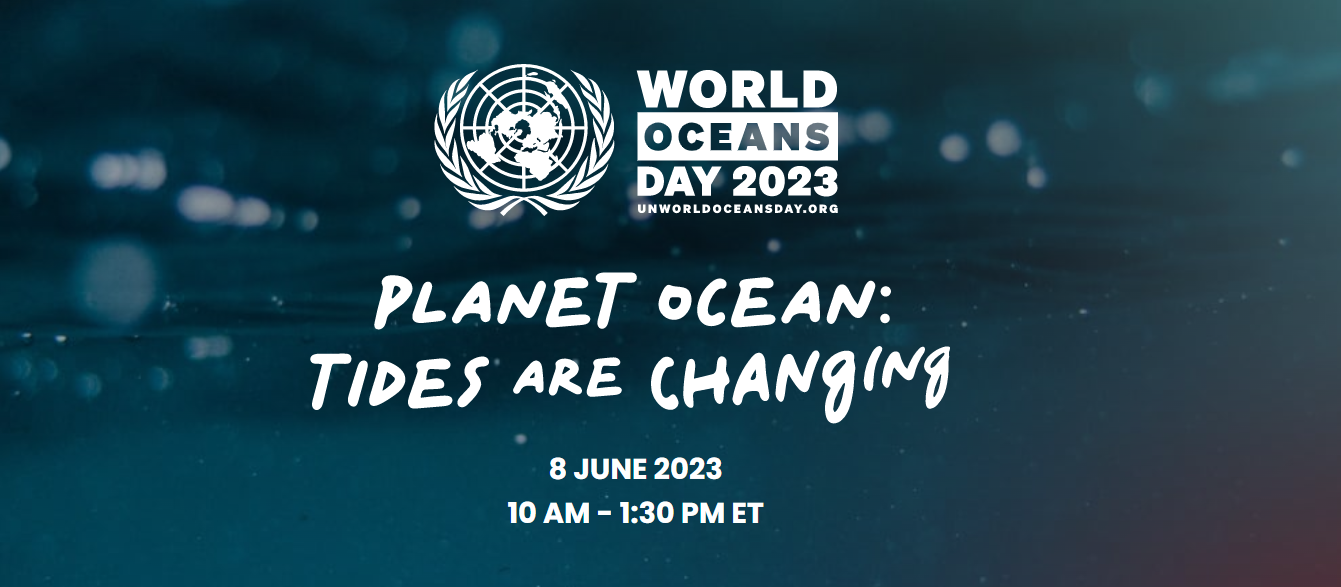The day featured two key events hosted by IOCARIBE, the UN Ocean Decade, and the newly established Decade Coordination Office for the Tropical Americas and Caribbean (TAC-DCO). The morning began with a breakfast meeting with representatives of Caribbean SIDS, aimed at promoting participation in the upcoming Island States Ocean Summit to be held in Tokyo in 2026. At midday, the partners convened the Rio 2027 Ocean Decade Workshop Lunch, which gathered ideas and perspectives to help shape the next UN Ocean Decade Conference in Rio de Janeiro, Brazil, in 2027.
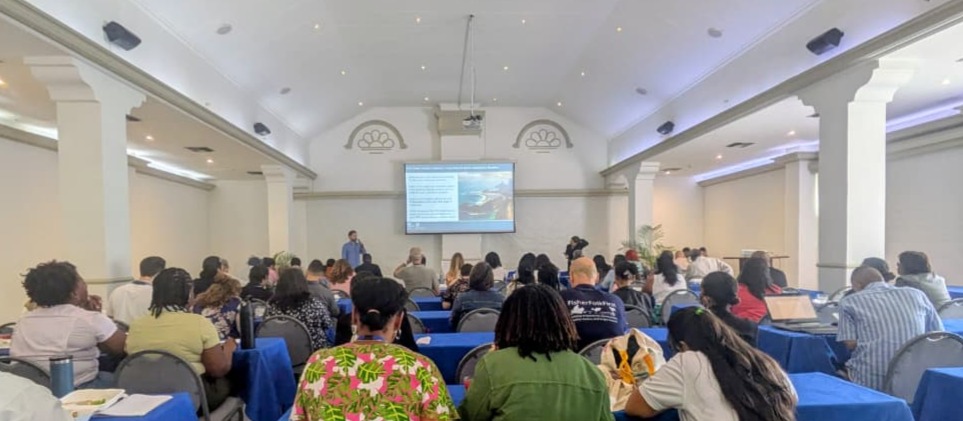
29 Octubre 2025
In parallel, the First Joint Workshop of the Ocean Coordination Mechanism Working Groups took place under the GEF/UNDP/UNOPS PROCARIBE+ Project, while the Caribbean Biodiversity Fund and Environmental Defense Fund co-hosted the session “Financing the Future: Unlocking Sustainable Funding for Caribbean Biodiversity.” Discussions focused on strengthening the links between science, policy, and financing within the framework of the Global Biodiversity Framework.
The Habitats & Ecosystems session featured memorable presentations on mangrove restoration, water quality, and community-led hydrological monitoring.
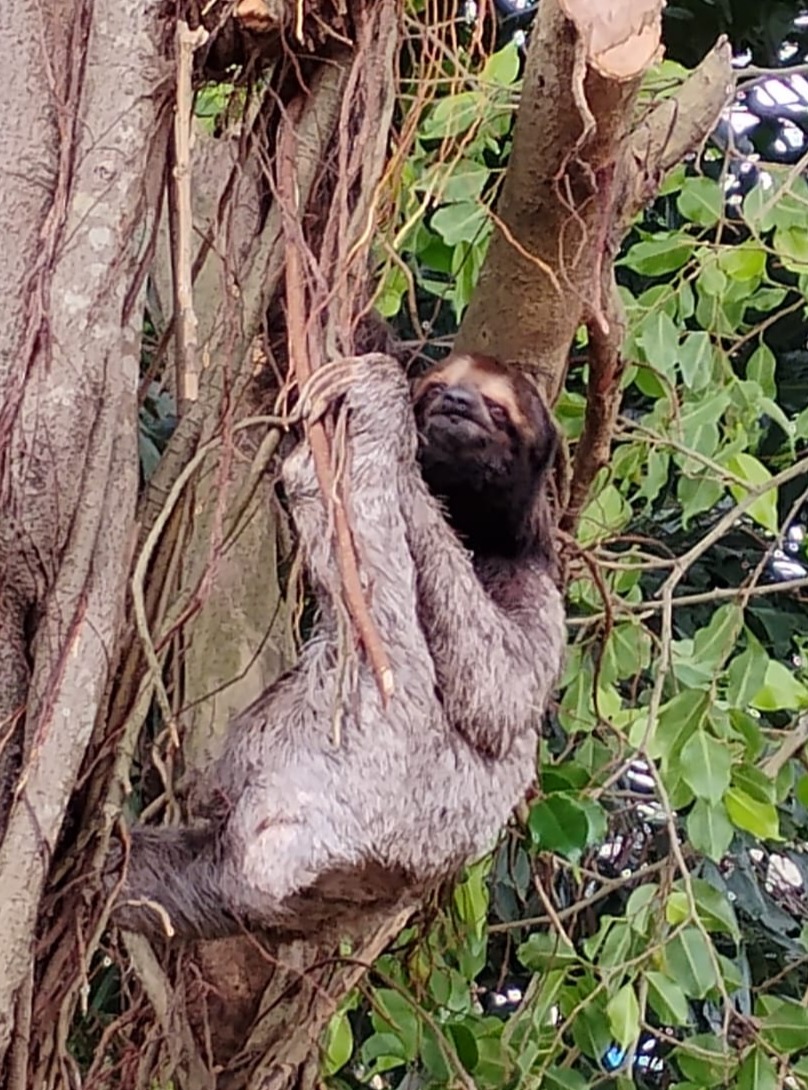
The afternoon offered exciting field trips through Cartagena’s historic sites, followed by the evening’s CineFish Film Festival, where environmental stories from across the region took center stage.
CURRENT NEWS ITEMS
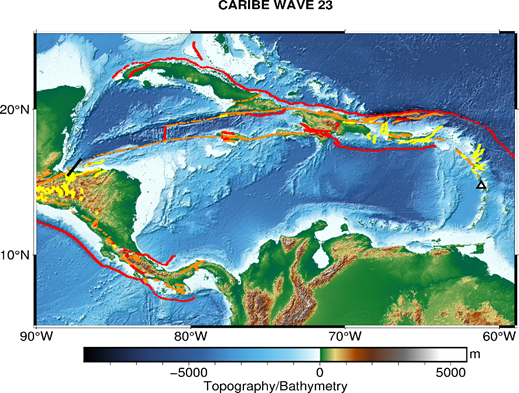
5 Abril 2023
Map of the CARIBE WAVE 23 scenarios. The black rectangle indicated the map view of the ruptured fault segments for the Gulf of Honduras scenario and the black outlines...

3 Abril 2023
IPHAB XVI was held at the FAO building in Rome from March 27-29. José Ernesto Mancera, representing IOCARIBE-ANCA, presented the report on the group's work during the...
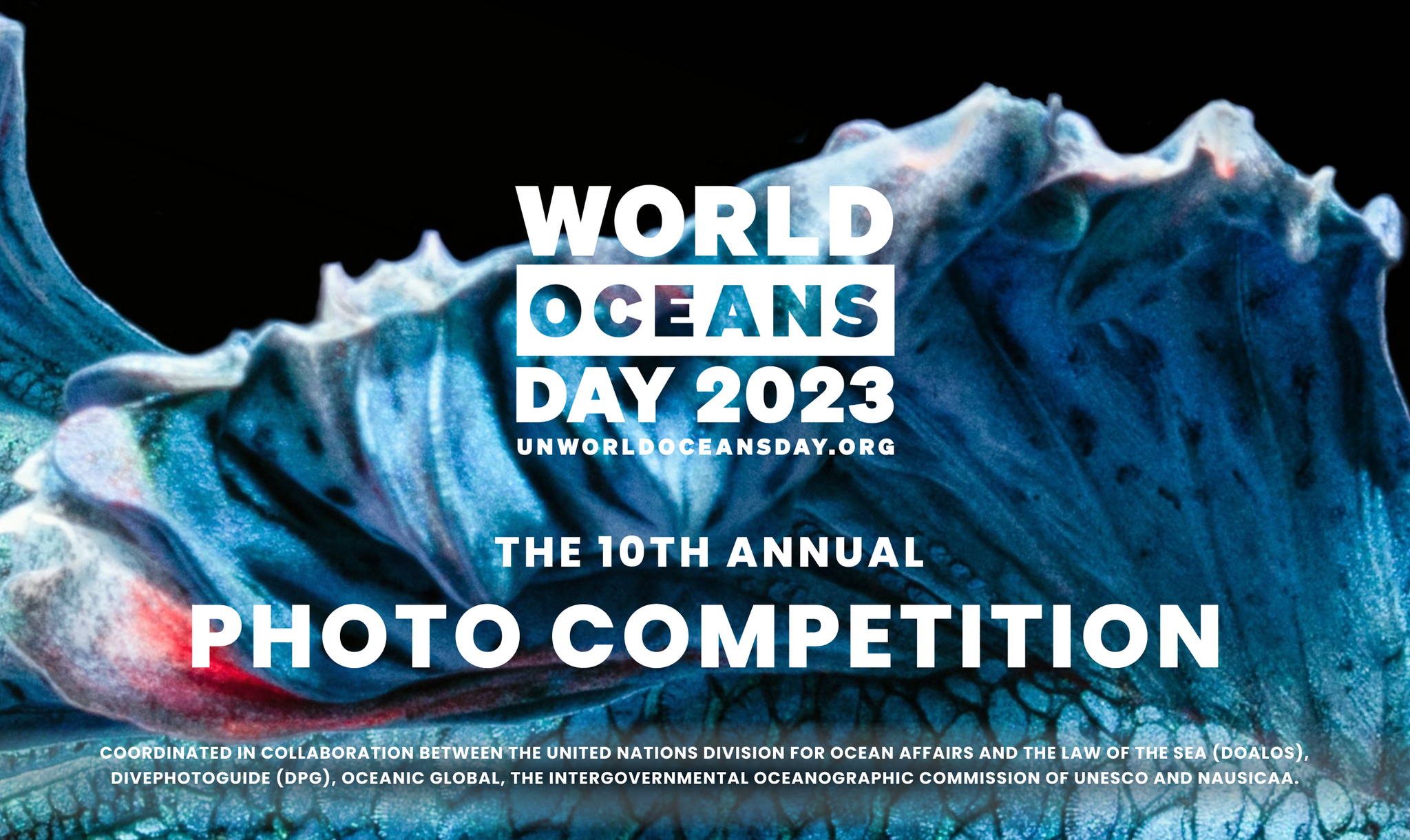
1 Abril 2023
THE CONTEST
Photography is...
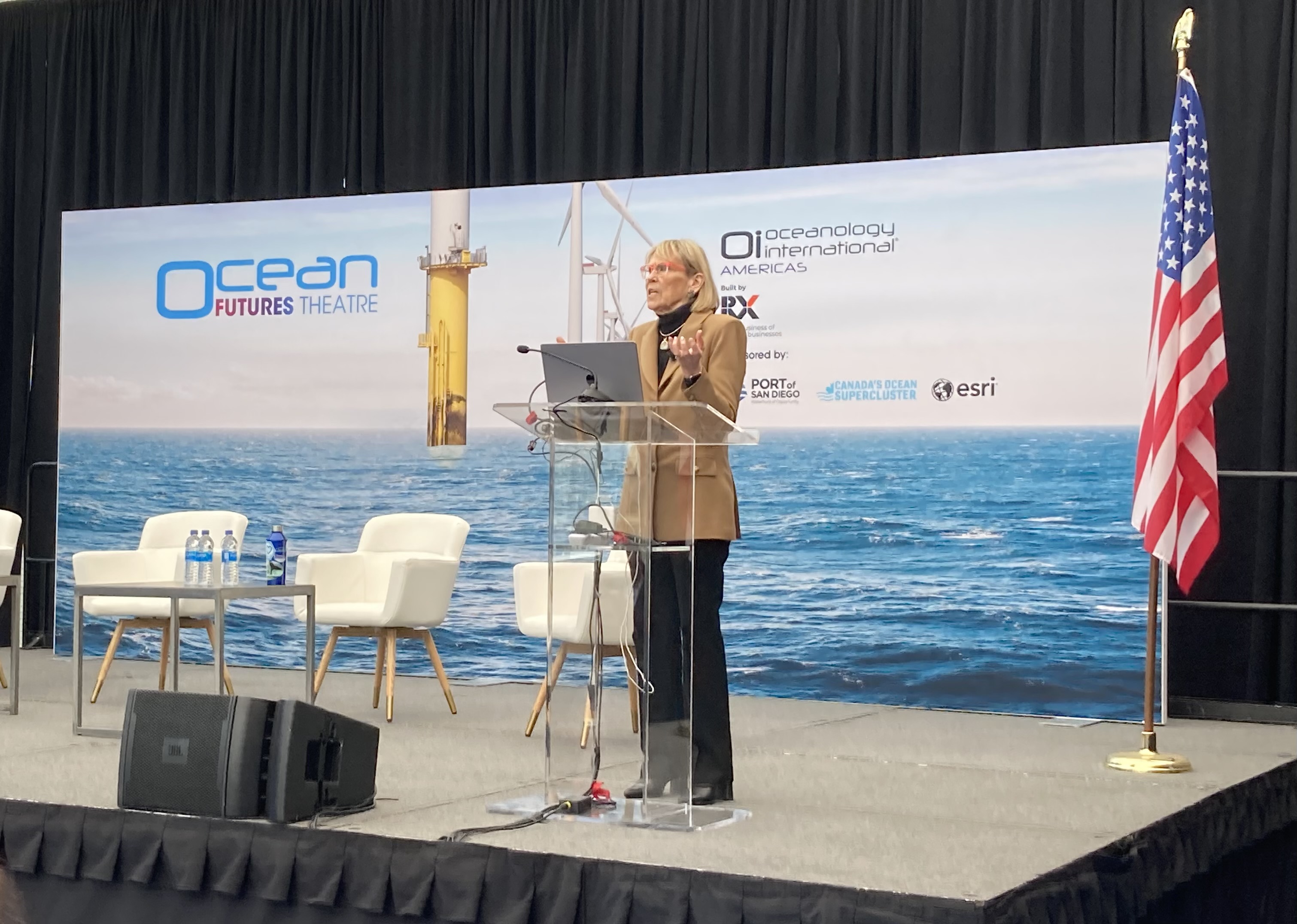
15 Marzo 2023
The Oceanology International Americas Conference (OiA) in San Diego, which showcases innovative ocean...
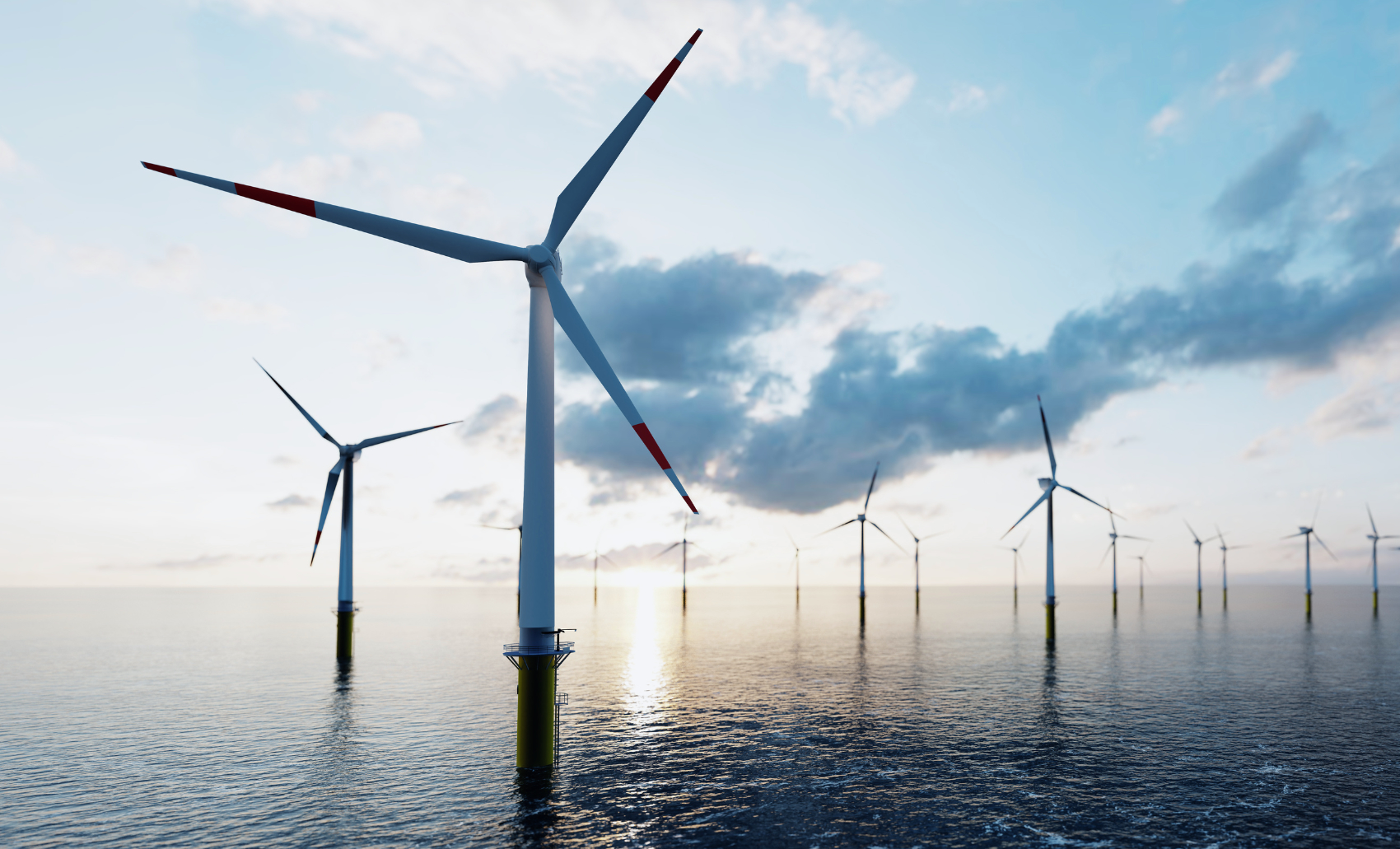
12 Marzo 2023
Our societies rely on ocean observations and services every day. Yet, the importance of the whole ocean observing value chain - from data collection to user services -...
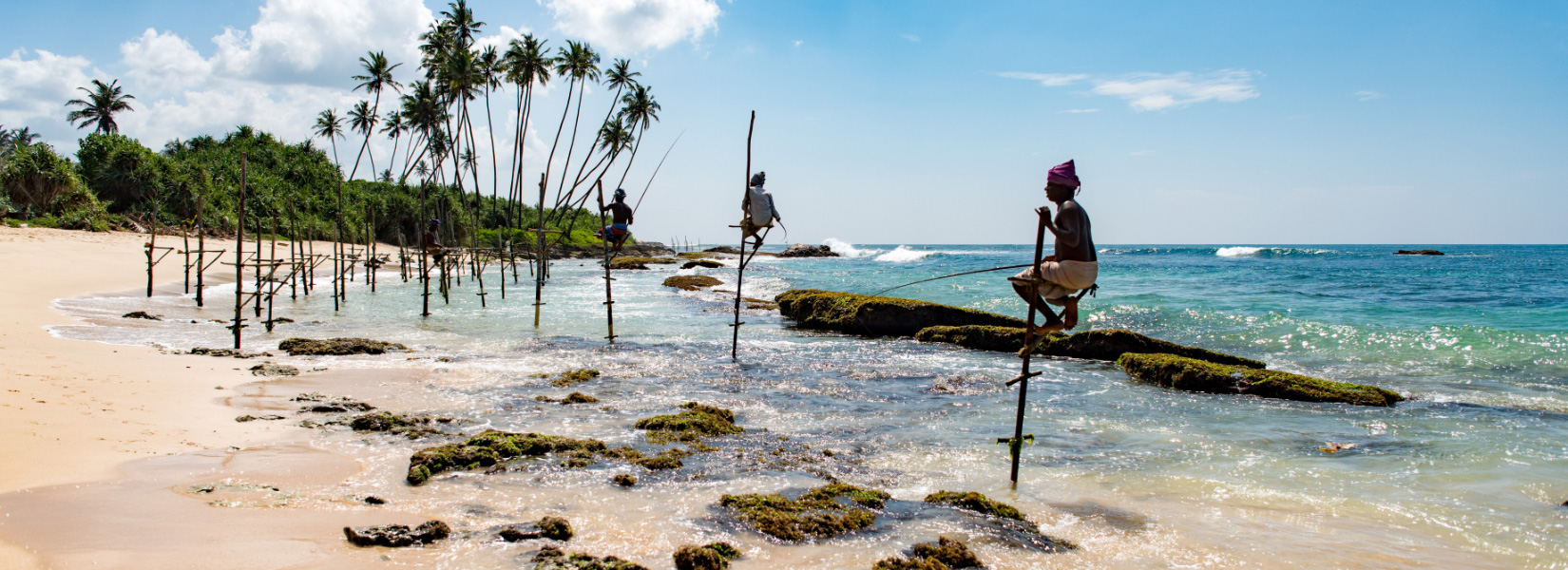
11 Marzo 2023
Ocean observing is essential for a better understanding of how society and all life on earth is affected by climate change. The information gathered is invaluable to...

17 Febrero 2023
Joining the group as founding members are five private-sector companies representing a diverse range of industries. They include Alcatel Submarine Networks, Ava Ocean,...

17 Febrero 2023




